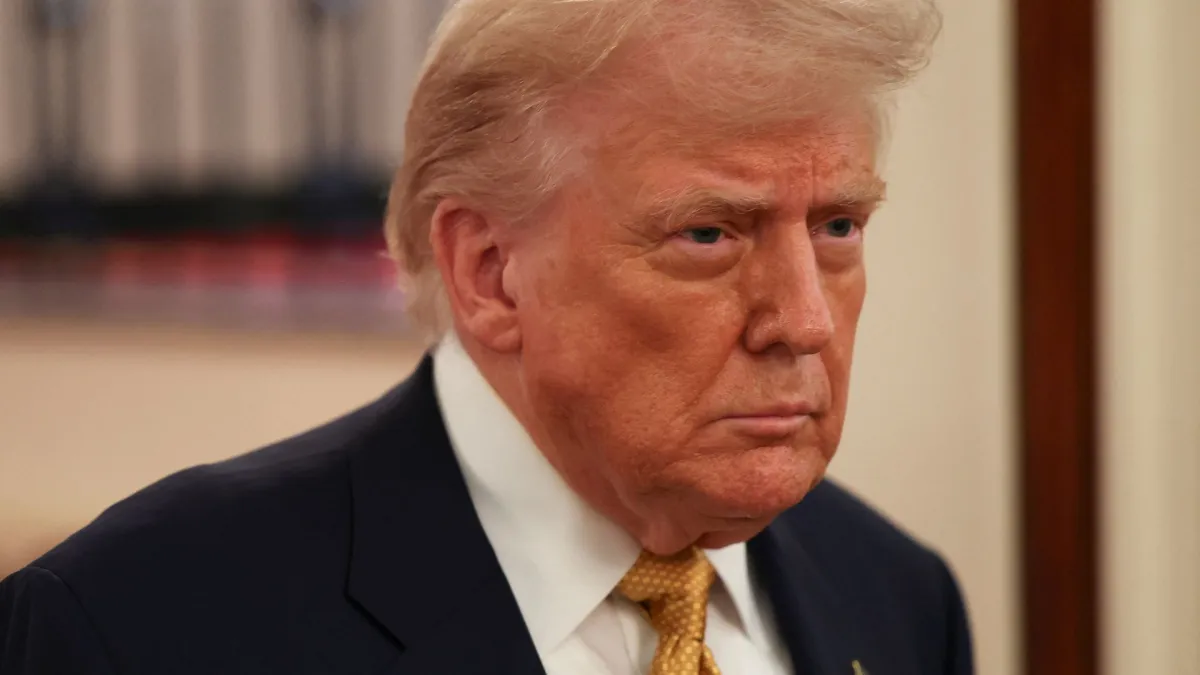
Some of President Trump's signature policies will serve as a drag on economic growth in the short term, neutralizing the positive economic effects from the tax cuts included in the massive Republican policy bill that became law in July, according to a new analysis released Friday by the Congressional Budget Office.
In a revised economic outlook, CBO identified three major factors influencing the changes in its projections covering 2025 to 2028: tax cuts, higher tariffs and lower net immigration. This year, as a result of those factors, CBO expects gross domestic product to grow at a rate of 1.4%, which is 0.5 percentage points lower than its January estimate. Inflation is projected to hit 3.1%, nine-tenths of a percentage point higher than previously estimated, and the unemployment rate is projected to rise to 4.5%, two-tenths of a point higher.
CBO said these results are "primarily because the negative effects on output stemming from new tariffs and lower net immigration more than offset the positive effects of provisions of the reconciliation act this year."
In 2026, the economy is now projected to grow at a rate of 2.2%, which is 0.4 percentage points higher than previously expected. The reduction in immigration still weighs on growth, but the CBO assumes uncertainty over the tariffs diminishes, allowing higher consumption and private investment to dominate the growth picture.
In 2027 and 2028, lower immigration continues to drag on growth, but domestic production gets a boost from the tariffs, resulting in a growth rate of 1.8%, basically the same as projected in January.
The overall result is that Trump's main economic policies end up increasing GDP by one-tenth of a percentage point by 2028, while inflation and unemployment are unchanged - a modest difference given the severity of some of the changes affecting trade and immigration.
The bottom line: The Trump administration has portrayed its tax cuts, tariff increases and immigration crackdown as "rocket fuel" for the economy, but according to the CBO, those policies push the economy in different directions, resulting in only a modest change in growth overall.